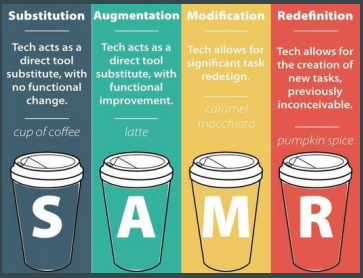"The tool alone is never the artist" (Witte, 1994).
I have been a professional photographer for almost 20 years, and I have seen it evolve from film and print into scanning and editing in photoshop to digital cameras and cell phone editing. You can not be a photographer these days and not interact with a digital format in some form or another. Even film photographers these days scan their imagery into a computer just to share the images with the world, if for no other reason. We are connected in ways we never were before, and this all happened in the last 20 years. In fact, a lot of it came about in just the last 10-15 years. The culture around photography, whether it is for art or commercial purposes, or both, has changed and continues to change as technology changes. One of the most interesting conversations surrounding photography these days, however, is truth.
When photography was first invented, it was primarily used as a way to capture "truth" - an exact copy of reality. Portraits were exact likeness, events were photographed as they happened and every detail was captured. However, it can be argued that reality can never truly be captured by any device. There is always some distortion - through composition or lens or exposure or focus. The camera was one of the first technological advances that gave us some idea that representations could be as close to life as possible, and that we can take our memories and freeze them in time - literally. However, the human touch is never perfect. There is always some glitch, if you will, within that we bring to our lives, and though we can still take photos to preserve our memories, more often we "paint" in our own version of truth.
Now, with Photoshop and programs like it, we can literally make any truth we wish, adding images together seamlessly or taking out parts of images we don't want to see. When it comes to art, we must make these choices purposeful and meaningful, and even more so with photography, because it is under such fine scrutiny from truth seekers. We have come to completely redefine photography and art from when it was invented, and must bring these ideas and lessons into the classroom.
In the art classroom, I plan to teach photography at the high school level, if I can. High school students not only have little cameras at their fingertips virtually every moment of the day through their cell phones, they are also very aware of our visual culture which is primarily experienced through photographs. I want to teach my students to harness the power of photography and digital manipulation to tell their story, express their meaning or truth, and to connect with the community with their art. I want to show them how they can use the power of visual art to influence and change their worlds, and live better lives. They can do this through both commercial and fine art.
Reference
Witte, M. (1994). Photography/Digital Imaging: Parallel & Paradoxical Histories. Retrieved from https://webcourses.niu.edu/bbcswebdav/pid-5043835-dt-content-rid-37831822_2/courses/20182-ARTE-343-----1/Witte%2C%20M.%20S.%20%281994%2C%20October%2012-16%29.pdf














